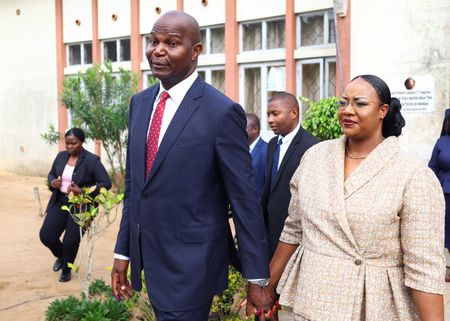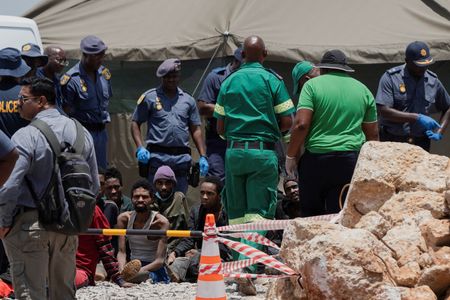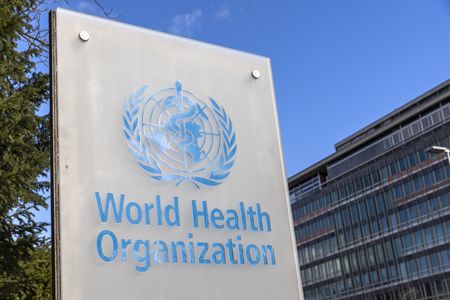By Nellie Peyton and Bhargav Acharya
STILFONTEIN (Reuters) -The South African government faced growing criticism on Wednesday over the deaths of at least 60 unlicenced miners who were trapped deep underground for months by a police siege aimed at forcing them out so they could be arrested.
A total of 60 bodies and 132 survivors – many of them emaciated and disorientated – have been pulled out so far in a court-ordered rescue operation that began on Monday, with hundreds more men still stuck 2 km (1.5 miles) below the surface in a gold mine at Stilfontein, 150 km from Johannesburg.
Police had blocked food and water supplies since August until a court ruling in December that volunteers could send down essential aid for the miners, know locally as “zama zamas”.
All 132 of the survivors rescued so far were immediately arrested and charged with criminal offences including illegal immigration, trespass and illegal mining, police said.
“These miners, many of them undocumented and desperate workers from Mozambique and other Southern African countries, were left to die in one of the most horrific displays of state wilful negligence in recent history,” the South African Federation of Trade Unions in a statement on Tuesday.
Ministers have said the siege was part of a much-needed crackdown on illegal mining, which costs the government and the precious metals industry hundreds of millions of dollars a year in lost sales, taxes and royalties.
“It’s a criminal activity. It’s an attack on our economy by foreign nationals in the main,” said Mining Minister Gwede Mantashe, speaking at the site on Tuesday.
But on Wednesday morning, the Democratic Alliance (DA), the second-biggest political party in the coalition government, called on President Cyril Ramaphosa to establish an independent inquiry with powers to hold those responsible accountable.
The DA said the situation at the mine in Stilfontein had got “badly out of hand” and questioned whether police had failed to grasp what was happening underground or had known and carried on the siege anyway.
A police spokeswoman did not respond to requests for comment on the DA’s statement.
EMACIATED SURVIVORS
Rescue efforts were in their third day on Wednesday, with a thin, cylindrical metal cage being painstakingly lowered into the mine to extract survivors and corpses.
Mannas Fourie, CEO of a private rescue firm involved in the operation, said each round trip took 41 to 45 minutes.
“Even the illegal miners that are at the bottom, they’re quite keen to get into the cage so we’re loading as many people as we can at one time and we bring them up to surface,” he told Radio 702, a private station based in Johannesburg.
The latest police statement said a total of 1,576 unlicenced miners had come out of the mine by their own means between the start of the siege in August and the start of the rescue operation. All of them were arrested, and 121 of them have already been deported to their home countries, it said.
According to the police’s breakdown of nationalities, most of those miners were from Mozambique. Many others came from Zimbabwe and Lesotho. Only 21 of them were South Africans.
Typically, unlicenced miners, known as “zama zamas” from an isiZulu expression for taking a chance, move into mines abandoned by commercial miners and seek to extract whatever is left. Some are under the control of violent criminal gangs.
“Illegal miners and their associated bosses and handlers have damaged South Africa’s economy and made life hell for tens of thousands of our people, but many low-level illegal miners are simply trying to scratch out a living,” the DA said.
(Reporting by Nellie Peyton in Stilfontein and Bhargav Acharya, Alexander Winning and Sfundo Parakozov in Johannesburg; Writing by Estelle Shirbon; Editing by Angus MacSwan)







